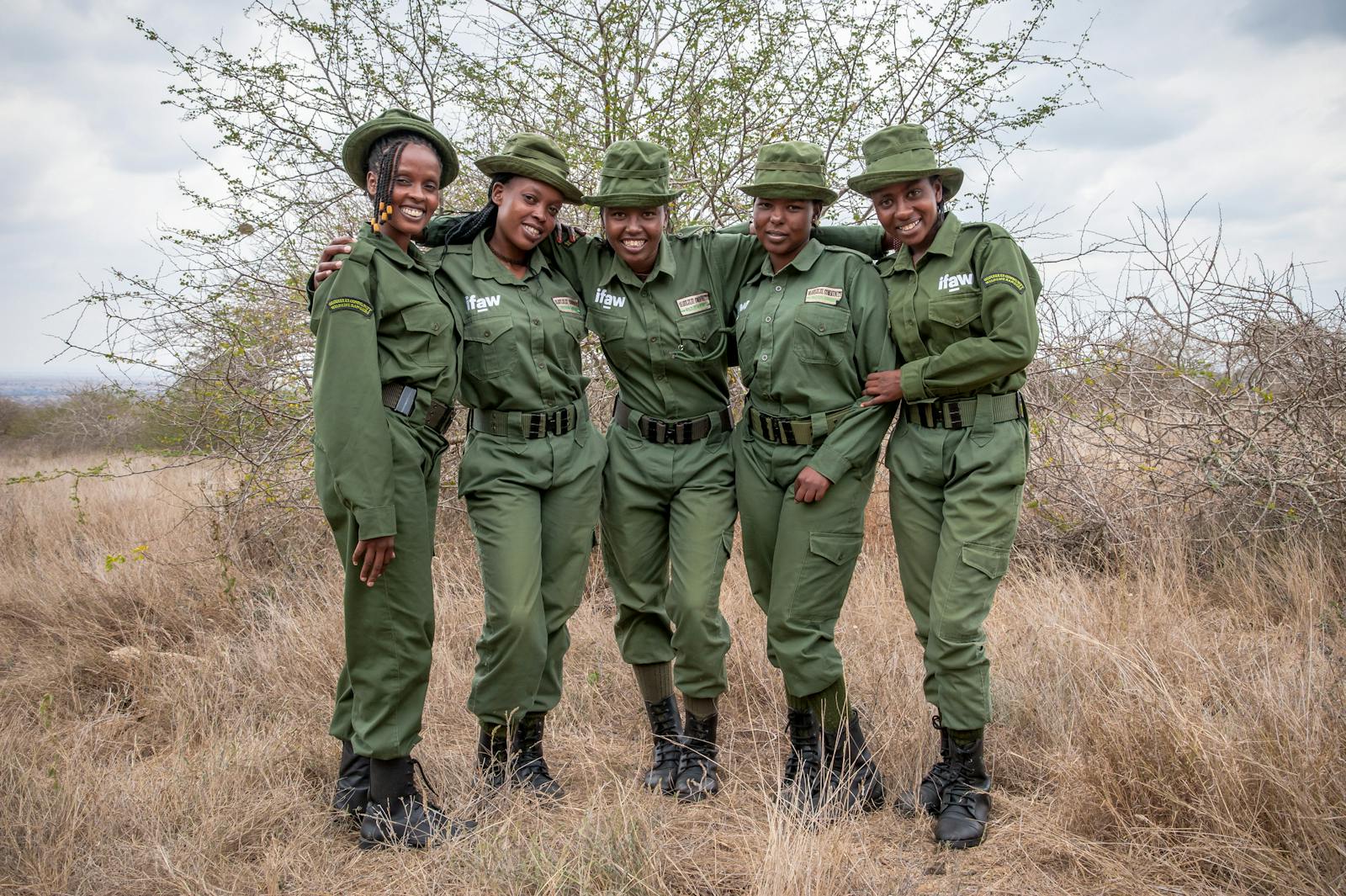The vast wilderness of America’s national parks holds not only breathtaking landscapes and diverse wildlife but also deep, enduring mysteries. From unexplained disappearances to historical puzzles and environmental enigmas, national park rangers serve as frontline detectives in some of the most challenging investigative settings imaginable. These dedicated professionals combine traditional forensic techniques with specialized knowledge of geography, wildlife behavior, and environmental science to solve cases that have stumped authorities for decades. Their unique blend of skills and persistent dedication has brought closure to grieving families, shed light on historical questions, and resolved mysteries that once seemed impossible to crack. This exploration reveals how park rangers have become the unsung heroes of cold case investigations in America’s most cherished natural spaces.
The Unique Investigative Role of National Park Rangers
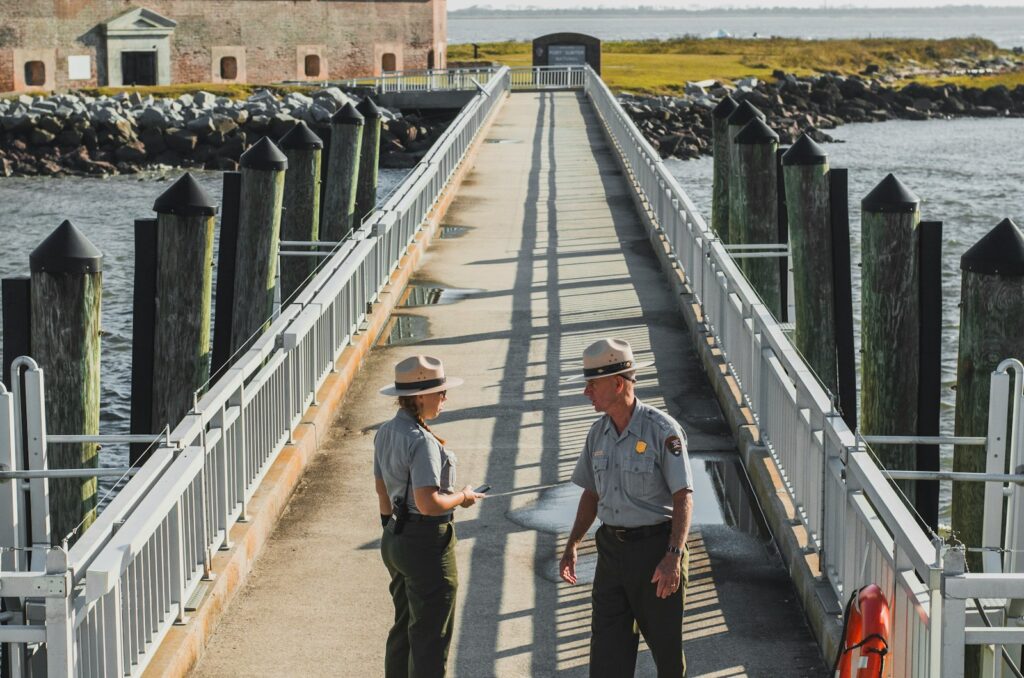
National Park Rangers differ significantly from traditional law enforcement officers in that they must master both criminal investigation techniques and extensive knowledge of natural environments. They operate in vast, often remote territories where weather conditions can destroy evidence and where natural processes can dramatically alter crime scenes. Unlike city detectives, rangers must understand how bodies decompose in wilderness settings, how wildlife might interact with human remains, and how seasonal changes affect preservation of evidence. Their jurisdictions frequently cover hundreds of thousands of acres with minimal surveillance infrastructure, making their investigative work particularly challenging. This unique combination of challenges has forged a special breed of investigator capable of solving mysteries that would baffle conventional detectives.
The Cold Case at Yosemite: Solving the 1982 Missing Hiker Mystery
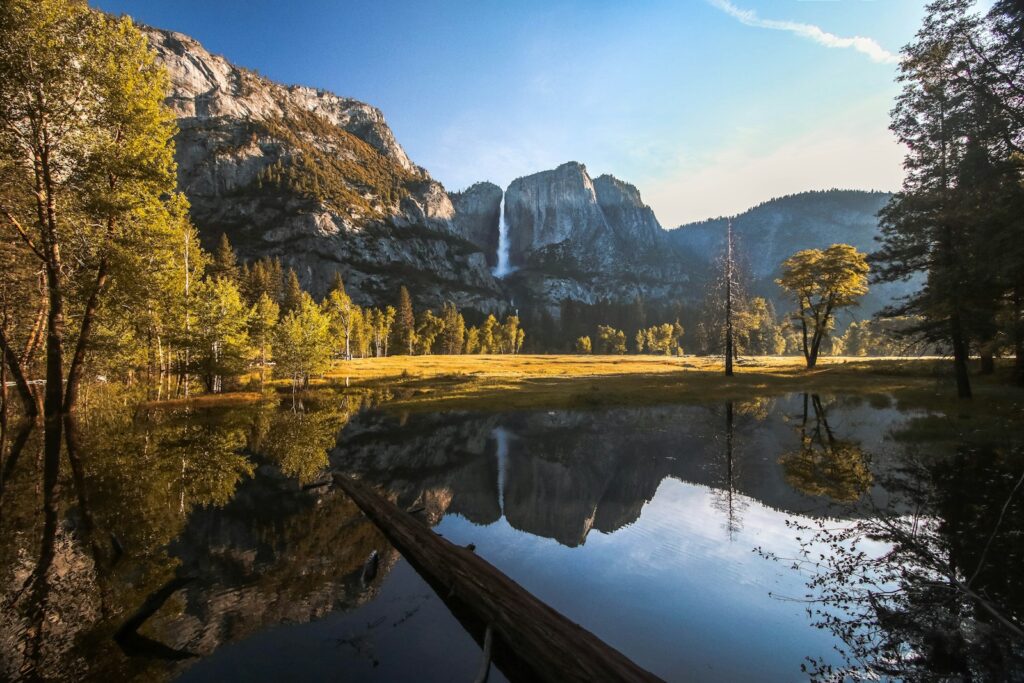
For nearly four decades, the disappearance of Jay Clausen during a solo hike in Yosemite National Park remained one of the park’s most perplexing cold cases. The 25-year-old vanished in September 1982, leaving behind minimal clues despite extensive searches that mobilized dozens of rangers and volunteers. In 2019, a specialized cold case team of rangers revisited the investigation, employing modern mapping technology to identify previously unexplored areas where Clausen might have diverted from established trails. Their persistence paid off when they discovered human remains in a remote ravine that had been deemed inaccessible during the original search. Through DNA analysis and dental record comparison, rangers confirmed the remains belonged to Clausen, whose fall from a steep cliff face had gone undetected for 37 years. The case exemplifies how rangers combine institutional knowledge of park geography with modern forensic techniques to solve long-standing mysteries.
Geological Detective Work: The Moving Rocks of Death Valley

For nearly a century, the mysterious moving rocks of Death Valley’s Racetrack Playa baffled scientists and visitors alike. Large rocks weighing up to hundreds of pounds appeared to move across the flat desert floor independently, leaving long trails behind them without any clear explanation for their movement. Park rangers collected detailed documentation of the rocks’ positions over decades, creating a crucial dataset that eventually helped solve the mystery. In 2014, through careful observation and the placement of weather monitoring equipment, rangers and scientists finally captured the phenomenon on camera. They discovered that when rare winter rainfall creates a thin layer of ice across the playa, and when light winds blow at just the right speed, the rocks can slide across the slippery surface. This decades-long investigation showcases rangers’ persistence in solving natural mysteries that required both scientific rigor and extraordinary patience.
Historic Preservation Mysteries: Finding the Original Boundaries of Mesa Verde
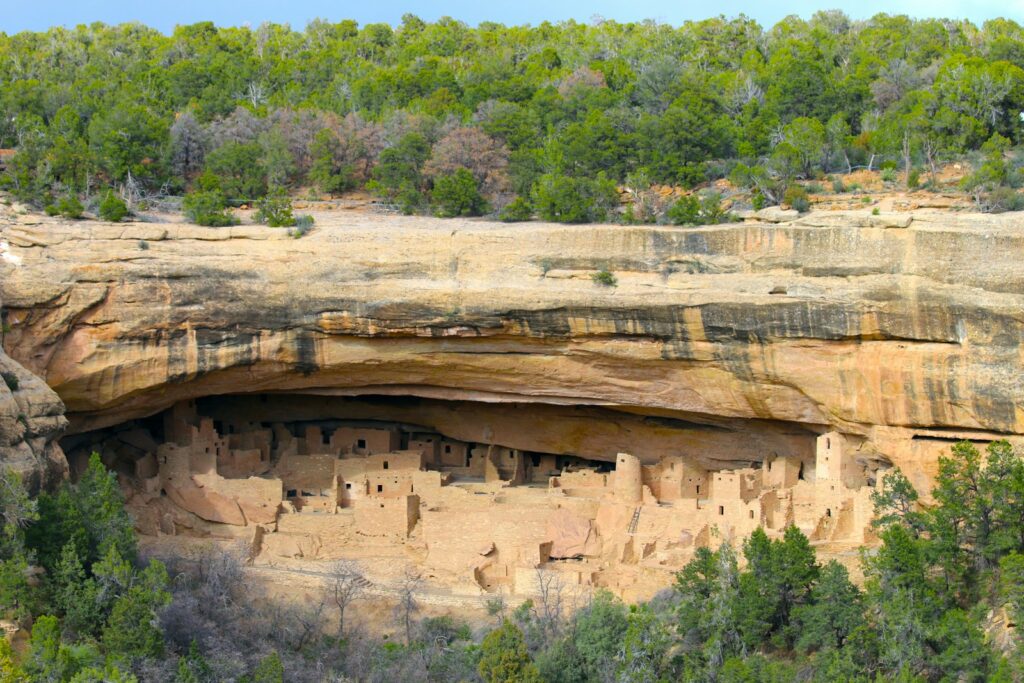
When preservation efforts intensified at Mesa Verde National Park in the early 2000s, rangers faced a significant challenge: determining the original boundaries of several ancient Puebloan structures that had been partially reconstructed during early excavations in the 1910s and 1920s. The distinction between original architecture and early restoration work had become blurred over time, with critical documentation lost or incomplete. A specialized team of ranger-archaeologists undertook the painstaking process of analyzing building materials using modern scientific techniques such as mortar composition analysis and tree-ring dating. They cross-referenced these findings with archived photographs and the scattered notes of early excavators. Their detective work successfully identified the authentic portions of several significant structures, allowing for appropriate preservation measures that respected the original Ancestral Puebloan construction techniques while documenting the historical significance of early archaeological interventions.
Using Modern Technology to Solve Historical Disappearances
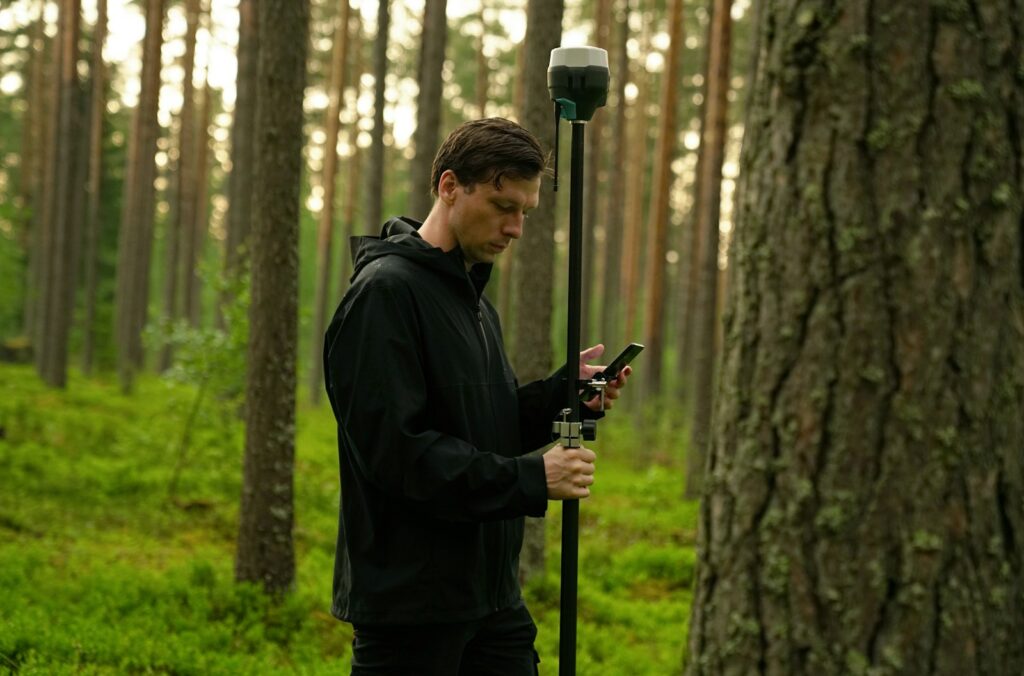
The 1947 disappearance of Dennis Martin, a six-year-old boy who vanished during a family camping trip in Great Smoky Mountains National Park, haunted park rangers for generations. Despite being one of the largest search operations in the park’s history, no definitive evidence of Dennis’s fate was ever found. In 2018, rangers employed advanced geographic information systems (GIS) to reanalyze the search area, incorporating historical weather data, terrain analysis, and modern search theory principles unavailable during the original investigation. Using ground-penetrating radar in previously inaccessible areas, rangers identified several anomalies warranting further investigation. While the case remains technically unsolved, rangers have narrowed down likely scenarios based on computer modeling of child movement patterns in wilderness settings and identified several high-probability areas that may eventually yield answers. Their work demonstrates how combining historical case knowledge with cutting-edge technology can breathe new life into decades-old investigations.
Wildlife Forensics: Solving Yellowstone’s Disappearing Wolf Mystery
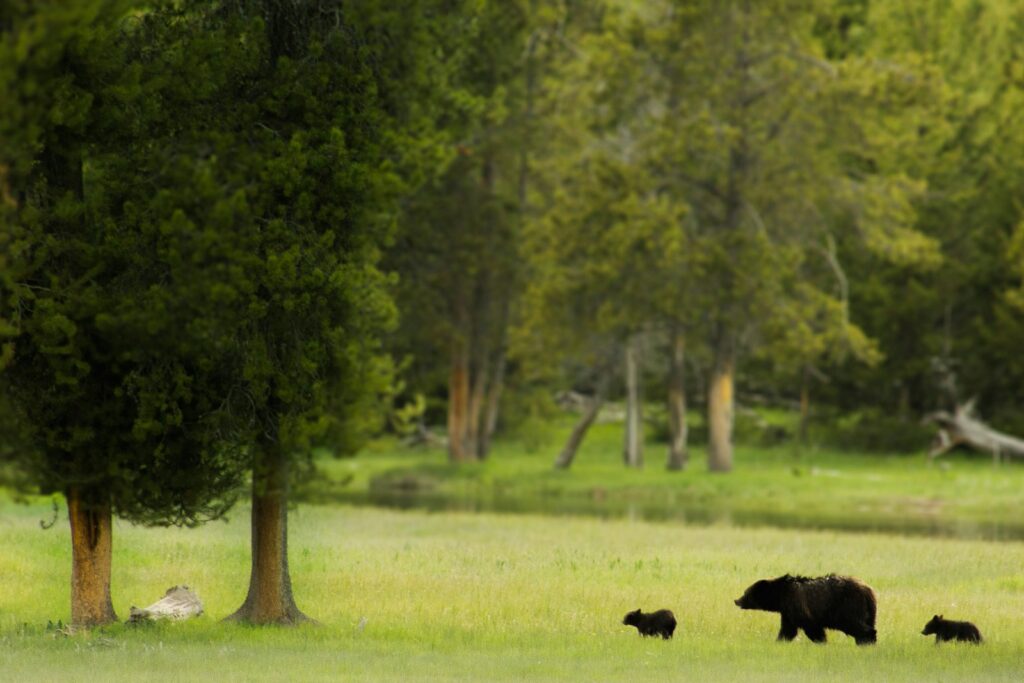
When several collared wolves from Yellowstone’s closely monitored packs began disappearing without explanation in the early 2010s, park rangers faced a perplexing wildlife mystery with potential legal implications. The wolves’ tracking collars would suddenly cease transmission without the mortality signals that would normally activate if the animals had died naturally. Through meticulous fieldwork, rangers developed a novel investigation approach combining wildlife tracking with forensic techniques. They collected environmental DNA from sites where collars last transmitted signals and analyzed unusual wear patterns on recovered collars. Their investigation eventually uncovered an organized poaching operation that was specifically targeting collared wolves and destroying the tracking devices. The rangers’ specialized knowledge of wolf behavior, combined with traditional detective work, led to multiple prosecutions and heightened protection measures. This case highlighted rangers’ unique ability to solve wildlife crimes that occur in remote wilderness areas where conventional law enforcement has limited effectiveness.
The Mystery of the Vanishing Glaciers at Glacier National Park

When historical photographs from the early 1900s showed massive glaciers throughout Glacier National Park that had significantly diminished by the 21st century, rangers faced a scientific mystery requiring extensive investigation. While climate change was the obvious suspect, understanding the precise mechanisms and timeline of glacial retreat required detective work spanning decades. Rangers established a comprehensive monitoring program that included installing time-lapse cameras, drilling ice cores, and conducting annual measurement surveys. Their longitudinal data revealed that the park’s glaciers had not just shrunk in surface area but had lost up to 80% of their volume since documentation began. Through careful analysis of historical records and modern measurements, rangers determined that the rate of glacial retreat had accelerated dramatically since the 1970s. Their work solved not only the mystery of how quickly the glaciers were disappearing but also provided crucial data for predicting when they might vanish entirely – potentially by 2030 for many of the park’s namesake features.
Archaeological Breakthroughs: Finding the Lost Camp at Grand Canyon
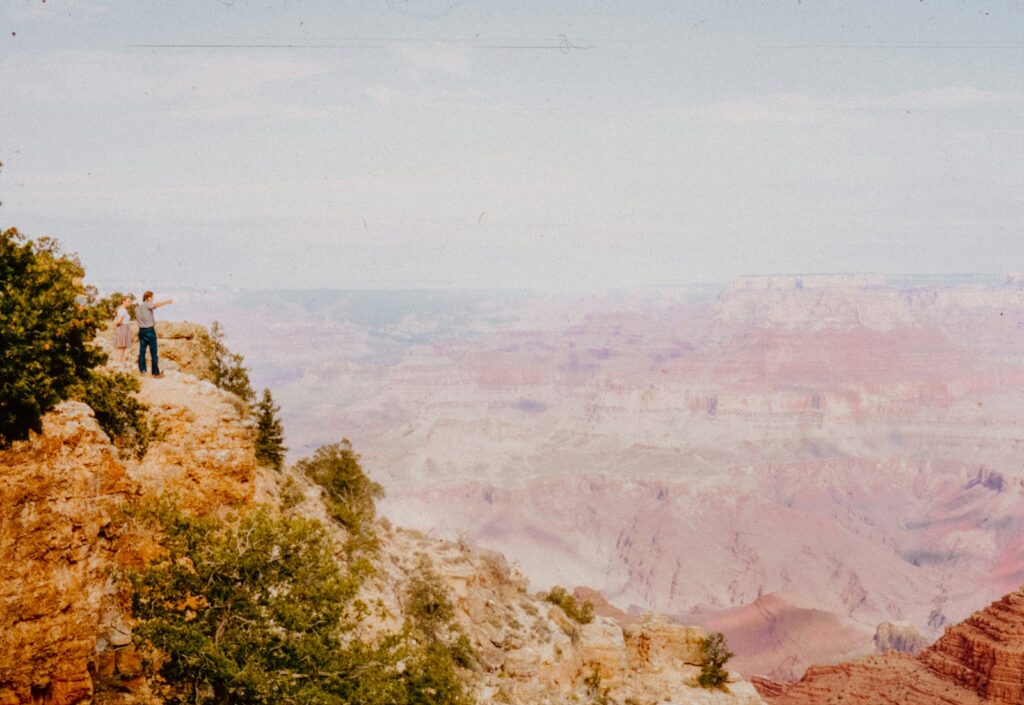
For over a century, the exact location of the original survey camp established by John Wesley Powell during his groundbreaking 1869 expedition through the Grand Canyon remained a mystery, with only vague descriptions in historical documents. In 2007, a team of ranger-archaeologists undertook a systematic investigation to locate this historically significant site, combining historical research with modern archaeological techniques. By analyzing Powell’s journals alongside early maps, they identified several possible locations for targeted excavation. Their persistence paid off when they uncovered period artifacts including surveying equipment components, distinctive buttons, and tool fragments that matched those carried by Powell’s expedition. The discovery provided valuable insights into the conditions and methods of the original survey that mapped the Grand Canyon, solving a historical mystery that had confounded researchers for generations. The rangers’ unique combination of historical knowledge and archaeological expertise proved essential in locating a site that conventional historians had been unable to pinpoint.
Solving Mysteries Through Oral History: The Lost Mine of Joshua Tree

For decades, visitors and historians speculated about the existence and location of the legendary “Lost Horse Mine” in what is now Joshua Tree National Park. While historical records confirmed a significant gold mining operation in the area during the late 1800s, its precise location had become obscured over time, with multiple conflicting accounts. Park rangers tackled this historical mystery by developing an innovative oral history project that collected testimonies from descendants of original miners and early area residents. By cross-referencing these accounts with historical documents and conducting targeted field surveys, rangers eventually identified the authentic site, distinguishing it from several competing locations that had been incorrectly labeled in various historical accounts. Their discovery revealed that the mine had produced over $5 million in gold (in today’s value) before being abandoned. The investigation demonstrated how rangers combine historical research with community engagement to solve mysteries that bridge natural and cultural resources.
Cold Case Homicides: Justice in Remote Wilderness Areas

In 1983, the remains of a young woman were discovered by hikers in a remote area of Olympic National Park, but despite extensive investigation, her identity remained unknown and her killer unidentified. The case went cold for decades until 2019, when a specialized team of park rangers partnered with genetic genealogists to apply new DNA techniques to the preserved evidence. Through painstaking analysis of genetic markers and family tree construction, they identified the victim as 18-year-old Patricia Morris, who had disappeared while traveling through Washington state. With her identity established, rangers revisited witness statements from the original investigation and identified a suspect who had died in 2009. Using preserved forensic evidence, they conclusively linked him to the crime scene through modern DNA analysis. While the perpetrator could not be brought to justice, rangers provided crucial closure to the victim’s family after 36 years of uncertainty. This case highlights how rangers’ commitment to solving cold cases extends beyond mere historical interest to delivering justice and closure in long-forgotten crimes.
Environmental Detective Work: Tracking the Source of Mysterious Fish Die-Offs
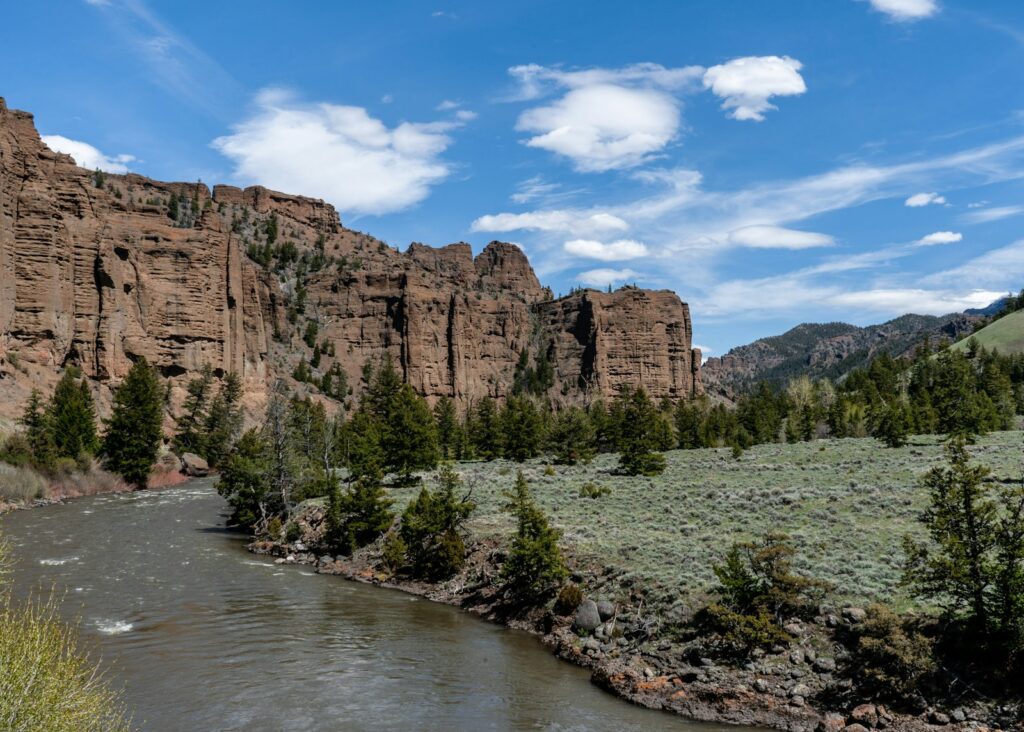
When massive unexplained fish die-offs began occurring in the pristine waters of the Yellowstone River in the early 2000s, park rangers faced a complex environmental mystery with significant ecological implications. Initial investigations focused on obvious pollution sources but yielded no conclusive evidence. Rangers developed a systematic watershed investigation approach, combining water chemistry analysis with fish pathology and habitat assessment. Their detective work eventually traced the problem to subtle changes in water temperature patterns caused by altered spring runoff timing. These temperature shifts had enabled the proliferation of a previously rare parasite that proved fatal to the native cutthroat trout population. By solving this environmental mystery, rangers were able to implement management interventions including carefully timed water releases from upstream reservoirs to disrupt the parasite’s life cycle. Their environmental detective work not only solved the immediate mystery but established new protocols for investigating similar ecological questions across the national park system.
The Persistent Case of Missing Hikers at Denali National Park
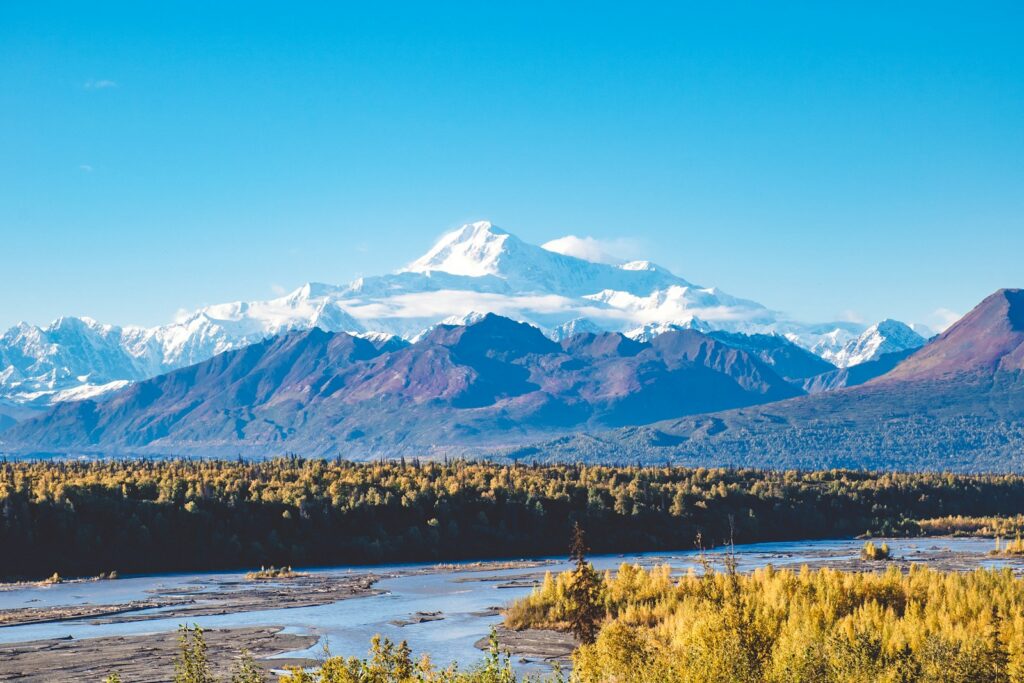
Since its establishment, Denali National Park has witnessed numerous disappearances of hikers and climbers, with some cases remaining unsolved for decades despite extensive searches. In 2012, rangers initiated a cold case review of several historical disappearances dating back to the 1970s, employing advanced search theory concepts and modern mapping technology. By analyzing patterns across multiple cases, they identified previously overlooked terrain features where missing persons were statistically more likely to have encountered difficulties. This analysis led to targeted search operations that recovered remains and personal effects in three long-cold cases, bringing closure to families who had waited decades for answers. The investigation revealed that a particular glacial crevasse system had claimed multiple victims over the years when changing snow conditions concealed dangerous openings. This detective work not only solved individual mysteries but enabled rangers to implement improved warning systems and route guidelines that have prevented similar disappearances in recent years.
The Future of Mystery Solving in National Parks

As technology evolves, national park rangers are gaining powerful new tools for solving both recent and decades-old mysteries. Emerging technologies including thermal drone imaging, environmental DNA sampling, and artificial intelligence-assisted pattern recognition are revolutionizing how rangers approach cold cases and ongoing investigations. Rangers are increasingly collaborating with specialized academic researchers to apply cutting-edge scientific techniques to park mysteries, from analyzing isotopes in human remains to identify geographic origins to using ground-penetrating radar to locate undiscovered archaeological sites. Many parks are also establishing dedicated cold case teams focusing specifically on revisiting unsolved disappearances and unexplained phenomena with fresh perspectives and modern methodologies. As these capabilities expand, rangers anticipate resolving many more long-standing mysteries in coming years, including some cases that have baffled investigators for generations. The unique combination of traditional ranger skills with these new technological capabilities promises to unlock secrets that have remained hidden in America’s national parks for decades.
The work of national park rangers in solving decades-old mysteries represents a unique intersection of traditional detective work and specialized environmental knowledge. These dedicated professionals have brought closure to families searching for missing loved ones, uncovered historical truths that enhance our understanding of protected lands, and resolved scientific puzzles that once seemed impenetrable. Their investigations often span generations, with current rangers building upon the diligent documentation of their predecessors. As stewards of America’s most precious natural and cultural resources, rangers continue this tradition of persistence and innovation, ensuring that even the most perplexing mysteries within our national parks will eventually yield their secrets to those patient and skilled enough to unveil them.

